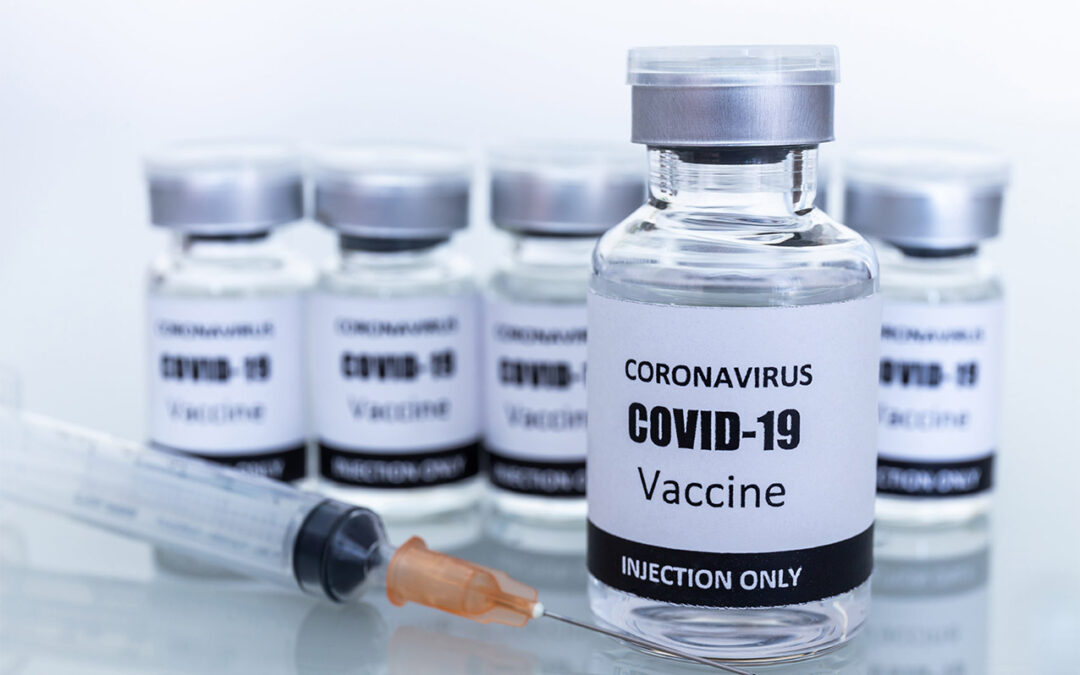What we know…
As various print media reported unanimously this week, the Tübingen-based biotech company CureVac has filed a patent infringement suit against the Corona vaccine manufacturer BioNTech SE and two subsidiaries at the Düsseldorf Regional Court. CureVac further announced on Tuesday that it is seeking compensation for the infringement of a number of intellectual property rights that it claims were used without permission in the manufacture and sale of BioNTech/Pfizer’s Comirnaty vaccine.
According to the company, CureVac had been aware of the infringement of its patents for a long time. However, according to a spokeswoman, „at the height of the pandemic, it would not have occurred to anyone to point out the patent infringement. Now that there is better control over the pandemic, it is the right time to do so“. Now, „two decades of pioneering work in mRNA technology must be recognised and respected in the form of fair compensation – also to be able to invest in the further development of new classes of life-saving drugs.“
…and what we don’t know yet
Unsurprisingly, neither BioNTech nor the district court have yet commented on the allegations. If the lawsuit has only just been filed, it has probably not even been served yet, because this will only happen when the plaintiff has paid the court fees after being summoned to do so. With an amount in dispute of 30 MEUR – which is the legal upper limit in Germany – court fees of 350 TEUR can easily be incurred. With regard to the scope of the action, it can be assumed that injunctive relief, damages and invoicing were requested. According to CureVac, an application for interim legal protection was not filed in order not to jeopardise the production of the vaccine. It should be noted, however, that such request would have been practically futile, also in view of the importance of vaccine production for coping with the pandemic.
20 years of mRNA experience
At this stage, it is too early to judge whether the accusations made by CureVac are justified. On its corporate website, however, the company names the property rights on which its infringement action is based, namely a granted European patent and three German utility models. According to the company, these are inventions that are considered essential for the design and development of, among other things, BioNTech’s SARS CoV-2 mRNA vaccines. These relate to the technical production of mRNA molecules, including sequence modifications to increase stability and enhance protein expression, and mRNA vaccine formulation specific to SARS CoV-2 vaccines.
EP 1857122 B1
This EP patent relates to stabilised mRNA encoding viral (poly)peptides. The feature of the invention is that the G/C content of the (poly)peptide coding region of the modified mRNA is greater than the G/C content of the coded region of the wild-type (poly)peptide coding mRNA, the coded amino acid sequence being unchanged from the wild type. The patent has a priority from 2001 and has just expired on 5 June 2022. It would be surprising, to say the least, if BioNTech had actually needed the teaching of such an old patent in the development of its vaccine.
DE 20 2015 009 961 U1 and DE 20 2015 009 947 U1
The two German utility models date back to 2015 and belong to a huge patent family. The two IP rights were only recently branched off from the corresponding granted patent EP 3230458 B1 and published on 3 March 2022. They concern very specific mRNAs characterised by improved protein production and are claimed for gene therapy and the production of vaccines.
EN 20 2021 003 575 U1
The third utility model was branched off on 24.2.2022 from the patent application EP 3886897 A1, which is still under examination and had been filed in 2021. What is claimed here is an mRNA composition encoding a specific prefusion-stabilised SARS CoV-2 spike protein. In the composition, the mRNA is necessarily present in special lipid nanoparticles. According to the preliminary assessment of the associated patent application by the EPO, the claims, if still new, are not inventive.
Evaluation
The four IP rights on which the action appears to be based all have a limited scope of protection. The fact that the three utility models have just recently been derived from the corresponding EP cases does not change this. It can be assumed that BioNTech is aware of the property rights relevant to the mRNA technology. Against this background, it would be surprising if they had infringed them intentionally or negligently, especially since the narrow scope of protection offers ample opportunities for circumvention.
A common defence in patent infringement proceedings is to deprive the action of its basis by attacking the validity of the patent-in-suit. For better understanding, it should be noted that the nullity defence is not admissible in patent infringement proceedings under German law. The invalidity must therefore be pursued by the defendant in parallel invalidity proceedings.
In the present case, validity seems to be given for the EP patent as well as the two older German utility models, but this is probably not the case for the newer model.
The wording used by CureVac, according to which „their two decades of pioneering work in the field of mRNA technology should be recognised“, therefore sounds as if it is not about a concrete patent infringement at all, but only the desire, put forward in a lawsuit, to also get a piece of the pie after having failed spectacularly with its own vaccine development after a rapid start. If this is the case, CureVac is likely to face its next failure.

